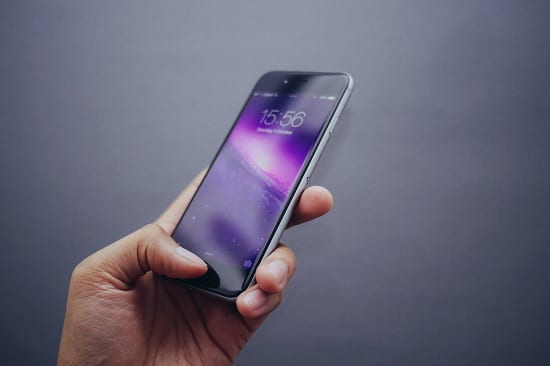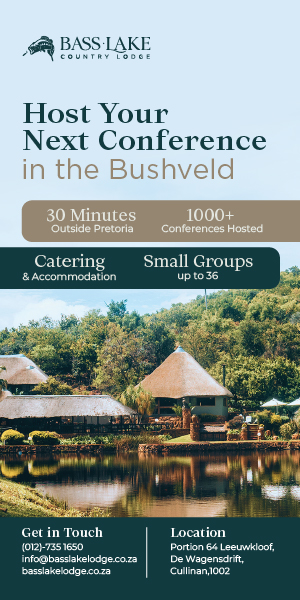
“Arguably, all of the factors that can contribute to poor Wi-Fi performance are under the organiser’s control,” says Gavin Burgess, Managing Director of Ultimate Data Sciences.
That’s right; Wi-Fi is not sorcery or black magic, as much as it feels like it could be at times. By working through Gavin’s recommendations below, you can have a reliable and strong Wi-Fi connection that is a pleasure to use at your next event.
Once you have created your proposed Wi-Fi solution, he recommends that you speak to an independent technology consultant to get their opinion. This will help to avoid any oversights or weaknesses, and the potentially hazardous consequences.
- Get clear on what the Wi-Fi will be used for – is it just for general use, or do you need it for specific purposes such as an event app? This may influence how the network will be structured, and how services can be prioritised. It will also help to determine your budget. Unfortunately the adage “what you pay for is what you get” is especially true for technology.
- Ensure there are sufficient wireless access points (the hardware which provides Wi-Fi connectivity) for the square meterage of the event. Wi-Fi signal travels downwards, so ideally these should be positioned high up. Also keep in mind that steel or concrete structures (for example, pillars or walls) may obstruct the signal, and appliances (such as microwave ovens or some machinery) can interfere with the signal because they emit waves on a similar frequency. Strategic placement is key!
- Make sure that the equipment can handle as many simultaneous connections as per the number of visitors you are expecting during peak times. You can also expect a slump in network performance around peak visiting times. Ask the service provider how heavy traffic utilisation will be managed. Brainstorm ideas to maximise visitor engagement with the actual event, rather than with their devices, during peak times.
- Mission-critical systems in use at an event (for example, visitor registration systems, payment systems, etc.) must have priority network traffic available to them, for obvious reasons. Ideally these systems should not rely on a Wi-Fi connection at all, and should have their own cabled connection. Make sure you have a contingency plan in case the network goes down.
- People inevitably take advantage of free Wi-Fi, which may mean a high volume of download traffic that compromises the overall experience for your visitors. If possible, separate exhibitors and vendors onto a different network. You may even want to limit which of them have access to this network.
TIP: Upsell a priority Wi-Fi connection as an option to exhibitors and vendors, to offset your overall cost.
- Exhibitors and vendors may want to bring their own Wi-Fi access (for example, in the form of mobile hotspots). A good service provider will analyse the frequency channels in use at the event, and then adjust to Wi-Fi network onto a less-used channel in order to mitigate any interference.
If you found this useful, don’t forget to look out for the Best Practice article on this topic in the Nov/Dec issue of Meetings.
Gavin Burgess is the Managing Director of Ultimate Data Sciences, which designs, implements and manages technology systems for a range of clients – including in the events industry.






